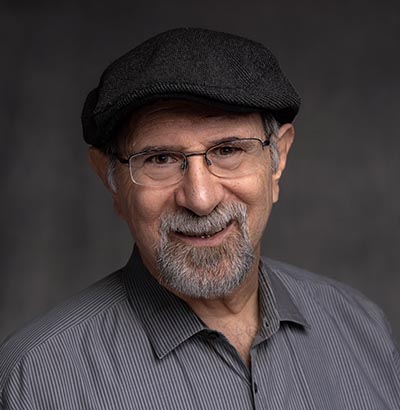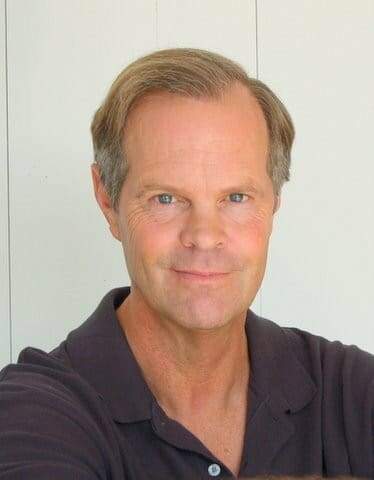What Gets You Out of Bed?
Venn Diagram provided by Wepik
Lately I have read several articles about older adults searching for ikigai. Before I elaborate on this important topic, let me share two cautionary notes:
1. You will not find ikigai on the sushi menu.
2. The correct pronunciation is ee-key-GUY. If you incorrectly pronounce it ICK-ee-guy, some people will think you are discussing a stalker.
Ikigai is a Japanese concept that roughly translates to “your reason for living,” or what gets you out of bed in the morning. Ikigai originated in Okinawa, an island in southern Japan. Not coincidentally, Okinawa is one of the five Blue Zones in the world, places where people live longest. Okinawans say ikigai is just as important to their longevity as healthy Diet and Lifestyle.
As so often happens, the way we understand ikigai in the West departs somewhat from the Japanese version, which of course is closely bound up in Japanese culture. The Western version, popularized by Hector Garcia and Francesc Miralles, centers on four key ideas:
Find what you love
Find what you are good at
Find what you can get paid for
Find what the world needs.
Graphically, these four ideas are represented in a Venn diagram with four overlapping circles. Where what you are good at overlaps what you can be paid for, you find your profession; the overlap of what you love and what you are good at is your passion. Where what you can be paid for and what the world needs overlap is your vocation; where what you love overlaps what the world needs, you will find your mission. And if you work hard and are very lucky, you may find that sweet spot in the middle, the shaded area where all four circles overlap. That is your purpose in life, your personal ikigai.
Why now?
Ikigai is a useful tool for us to consider and incorporate into this stage of our lives. For 40 years, give or take, our lives were consumed by vocation and profession. Life revolved tightly around making a living. Today, by contrast, we have (or soon will have) a big hole to fill once the majority of our waking hours are free from preoccupation with earning the paycheck. We can see this new reality as frightening, or as an opportunity. I happen to side with opportunity. Free from what we must do, we have the chance to do what our hearts tell us we were meant to do. Ikigai is a tool for helping us find our passion and our purpose. It’s a treasure map to the deepest realms of the soul.
But how do we actually find the treasure?
Time Travel
Personally, I recommend time Travel – at least its generic equivalent, reminiscence.
Not sure what you love to do? Travel back to your childhood, your adolescence, your young adulthood. Recall what you have done that filled your heart with joy. What were those moments – not necessarily your greatest accomplishments – when you knew that this was what made you happy and what you wish you could always do?
As for what you’re good at, your best clues here may be external feedback you received for jobs well done. Where have you excelled? And what were the component parts that made you successful and earned you recognition?
What you can be paid for begins, easily enough, with what you’ve been paid for in the past. But instead of thinking in terms of job titles, try breaking down specific skills you’ve mastered, such as attention to detail or managing teams of diverse individuals. There may be ways to recombine your skill sets in ways you haven’t thought about.
And what does the world need, besides universal brotherhood and a better mousetrap? This is where you look around you for gaps that haven’t been filled, for problems that could be but haven’t been solved.
You can get a good overview of ikigai in this short TED talk by Tim Tamashiro. For some useful exercises to help you seek answers, check out the online worksheets at Positivepsychology.com.
Much of this may sound familiar. It does to me – I have done these deep dives on several occasions, usually when trying to reinvent myself for a career change. My guide on previous soul-searching expeditions was the venerable What Color Is Your Parachute?, the handy manual for career changers. It is worth noting one important distinction: Parachute takes a pragmatic, Western approach. The main ideas are all illustrated as rectangular building blocks with hard, straight borders. By contrast, ikigai’s gently overlapping circles suggest a holistic perspective and its non-Western origins.
At this stage of life, ikigai strikes me as the approach that best reflects the overlapping and wide-ranging experiences and knowledge I have acquired over many decades. And finding my ikigai seems to be a worthwhile quest to shape the decades that remain.

























